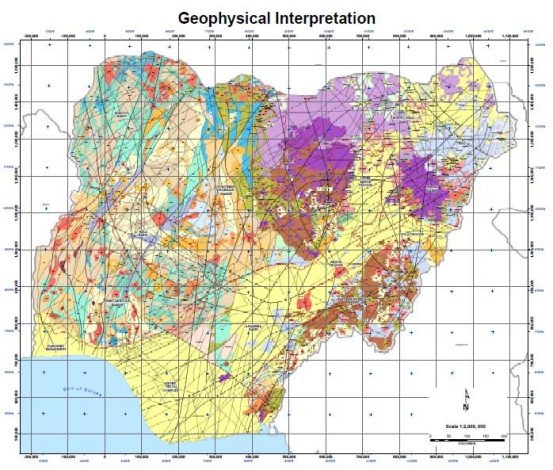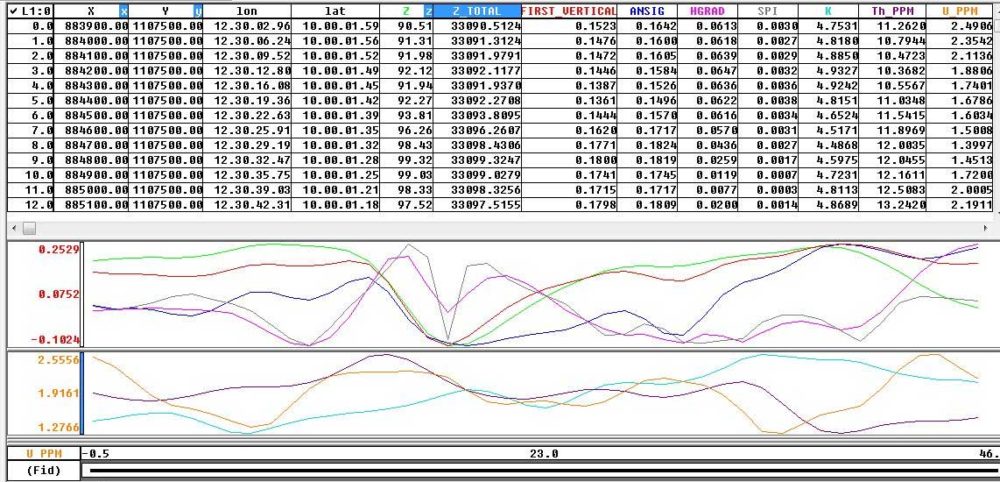The Nigerian Geological Survey Agency is hereby presented for public consumption a section of the results of the survey. These include 1:50,000 magnetic data both in Geosoft grids and ASCII files. Where available, interpreted results are also provided.
The data are available for free downloads using appropriate search engines. Comments are welcome. This is to enable us serve you better.


